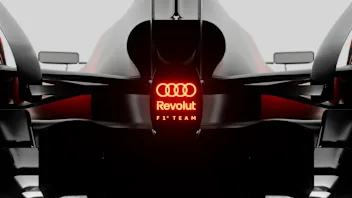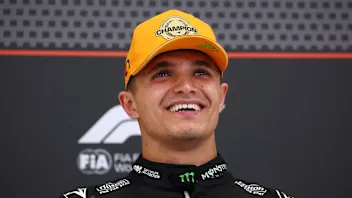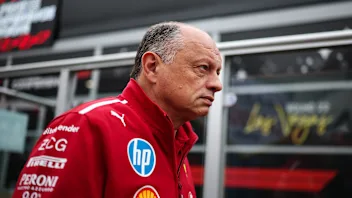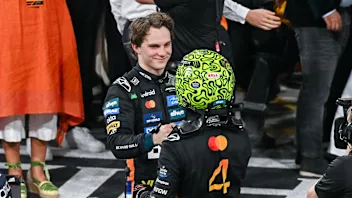THE STRATEGIST: What could Norris have achieved with a better grid slot in Mexico?
McLaren’s recent run of strong pace throughout both qualifying and on race day continued in Mexico, but for the first time in five Grand Prix weekends they came away without a podium finish. So what went wrong – and what was possible, especially had Lando Norris not had such an uncharacteristically poor qualifying session? Bernie Collins, former Head of Race Strategy at Aston Martin, dives into the data to find out...
The weekend started to unravel for McLaren in qualifying. Norris initially in Q1 ran on the medium tyres but was called to abort during his flying lap. He was told just before the stadium section at the end of the lap to box, for what was later reported to be a fuel issue.
Next Up
Related Articles
 Audi announce team name and global launch date for 2026 challenger
Audi announce team name and global launch date for 2026 challenger Norris hopes title win doesn’t change him as a driver
Norris hopes title win doesn’t change him as a driver Vasseur says he misjudged impact of switching focus to 2026
Vasseur says he misjudged impact of switching focus to 2026 Piastri 'will be a world champion' in future – Norris
Piastri 'will be a world champion' in future – Norris An exclusive look into Pierre Gasly's off-track life
An exclusive look into Pierre Gasly's off-track life Norris collects World Championship trophy at FIA Awards
Norris collects World Championship trophy at FIA Awards

